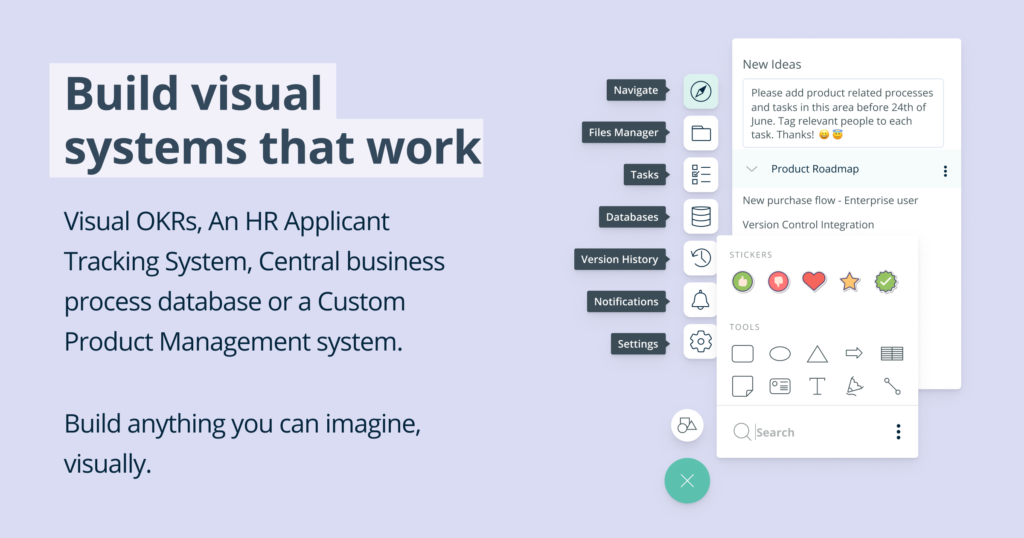Business Analysis in the Organization
Business analysis is fundamental to organizations striving to deliver value to their customers. Agile business analysis uses continuous feedback and learning to prioritize delivery, minimize waste, and increase customer value.
Organizations gain feedback from a number of sources such as customers, competitors, partners, investors, subject matter experts, and regulators. Feedback collected can be used to help organizations understand if they are delivering the value customers want. Organizations continually learn what works in their environment. Rapid change means organizations need to identify, collect, and process stakeholder feedback quicker.
Feedback is used to prioritize work items based on those that deliver the most value and to eliminate those that do not. Agile business analysis uses this feedback to effectively create and distribute value. It helps individuals, teams, and organizations focus on what delivers the most value. Part of this focus includes identifying and avoiding work that does not deliver the value sought.
Agile business analysis techniques help organizations interpret the constant flow of feedback and learning in order to prioritize work with enough speed to meet stakeholder needs, take advantage of opportunities, and respond to change.
Agile product delivery, whether for external or internal stakeholders, includes a degree of uncertainty. By delivering value in a minimum viable way as early as possible, organizations can learn what is valuable and what is not, and help to minimize waste and understand what value meets stakeholders’ needs.
Agile Business Analysis
Agile business analysis practitioners use learning derived from stakeholder feedback in order to guide the delivery process and deliver value constantly. Agile business analysis activities play a central role in learning and identifying what is truly valuable, what does not add value, and facilitate the learning and communication needed to continually deliver the right value.
 Example
Example
An example of how Agile Business Analysis plays a part in responding to feedback.
Consider an example project where the team is developing a brand new digital online solution to allow customers to book budget flights online. Based on recent feedback that the market provided, the project team has decided to re-prioritise their plans to implement a robust flight path calculator and instead simply implement a fastest route widget that people can use to find the fastest route at the best price for a planned trip as part of their online booking. Based on the feedback received, the project team now know, that they will receive much more value quicker with implementing the ‘fastest route widget’ than with a comprehensive flight path calculator that may or may not have produced the forecasted results.
7 Principles of Agile Analysis
Agile business analysis supports an environment of creativity, rapid learning, and experimentation, which leads to innovation.
There are seven principles of agile analysis that guide agile business analysis practitioners:
- See the Whole
- Think as a Customer
- Analyze to Determine What is Valuable
- Get Real Using Examples
- Understand What is Doable
- Stimulate Collaboration and Continuous Improvement
- Avoid Waste
Three Horizons of Agile Business Analysis
A key concept in the Agile Extension is planning horizons. A planning horizon represents a view of work within an organization with a level of granularity appropriate to the time frame being planned for and the nature of the feedback loops used.
The Agile Extension defines three horizons
- Strategy,
- Initiative and
- Delivery
Each horizon uses different time spans and level of detail, and the Agile Extension explores agile business analysis techniques and practices used at each horizon to deliver business value. The specific time spans for each horizon differ from organization to organization but the concept of planning at multiple time horizons and different levels of granularity is central to agile business analysis.
- The Strategy Horizon looks at all of the work being undertaken in an organization and is used to make decisions at the highest levels about what work should be funded, the approaches to be taken, the availability of skills and resources, and alignment with business goals
- The Initiative Horizon looks at the work needed to produce a single product, either for internal use in the organization or customer facing. Each initiative should have clear goals, which help to achieve specific strategic outcomes.
- The Delivery Horizon is where work happens: implementation teams build discrete pieces of the product using iterative or adaptive and incremental techniques, working from a prioritized list based on business value as identified at the Initiative and Strategy Horizons.





